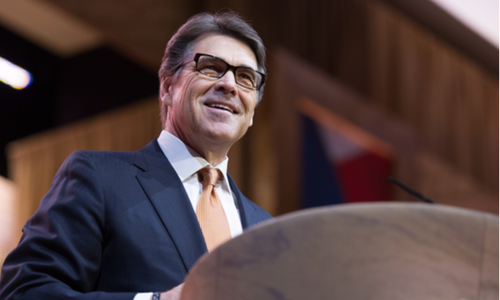Energy
Ken Makovsky
Monday, March 25, 2019Some 15 years ago when I started working in solar, men in power (double entendre intended) far outnumbered the women. At SunEdison, where I consulted and later worked, there were some notable exceptions, including one of the SunEdison founders – Claire Broido Johnson.
Even so, most of the women that I worked with directly or indirectly held strategist roles in government relations and marketing or were support staff.
Energy leadership today looks vastly different. In Washington, the most influential energy associations are headed by women: Julia Hamm, CEO of Smart Electric Power Alliance; Sue Kelly, CEO of American Public Power Association (retiring 2019); Abigail Hopper, President and CEO of Solar Energy Industries Association; Miranda Ballantine, CEO of the Renewable Energy Buyers Alliance, and former SunEdison colleague – Kelly Speakes-Backman, CEO of the Energy Storage Association.
Outside of Washington, women leaders in power – utilities to be exact – include Mary Powell, CEO of Green Mountain Power; Lynn Good of Duke Energy; and Patricia Poppe of CMS Energy.

From top left to bottom right, Julia Hamm, Sue Kelly, Abigail Hopper, Miranda Ballantine, Kelly Speakes-Backman, Mary Powell, Claire Broido Johnson, Lynn Good, and Patricia Poppe.
Yet, an energy gender gap persists.
An October 2018 article in the Wall Street Journal noted (at the time) that out of 29 utilities in the S&P, 5 were led by female CEOs. Compare that to other industries: 45 capital goods companies – 2 led by female CEOs; 28 retailers – 2 led by female CEOs.
But still, just how great is 17%?
According to E&Y 2016 Women in Power and Utilities Index, noted that the 20 most gender-diverse utilities significantly outperformed the bottom 20 in terms of E&Y’s return on equity.
More broadly, the energy industry remains gender-segregated – women only account for around 10 percent of the global energy workforce. And this gender gap spans the energy diaspora, from renewables to fossil fuels: according to E&Y, only 11% of top executives in the oil and gas industry are women.
Looking around the industry today, my anecdotal experience is that women are increasingly taking on upper-level management and executive roles in the industry. When I first started in the energy field, I rarely saw women in the C-suite or on the board. And at my level, often, (like when I was a tech reporter), I was the only woman in meetings. (And I can recount a few particularly ribald conversations at SunEdison that would get people fired now.) That’s not the same experience today.
The pipeline of future women leaders in power and utilities is “encouraging,” according to E&Y. What’s happening with the pipeline, particularly in the DC area – is something to watch.
WRISE (Women of Renewable Industries and Sustainable Energy) has a strong focus on increasing the ranks of women in renewable energy.
SEIA had been digging deep into advancing women in solar through its Women’s Empowerment program (2017-2018).
And last year, I worked with GRID Alternatives MidAtlantic on its “We Build” initiative – where I and other women volunteers were trained to install residential solar energy systems. Grid Alternatives supports recruitment and retention of women in solar. (The We Build deployment was among the best volunteer experiences I’ve ever had.)
What’s this mean for energy? Change.
I remember in my early days in energy, women I worked with had to continually fight to be included in executive leadership meetings or to get important projects. Energy companies today need to prioritize their approach to women in the industry.
Are they actively joining the push for diversity and inclusion in the talent pipeline? Are leaders within energy companies creating pathways for women to come up the ranks in visible and strategic roles? And as important, are executives honestly thinking about what it takes to retain women or create opportunities in good, financially-rewarding roles, if a women steps out of the workforce for a few years? Better yet – can they identify and understand any inherent biases that perpetuate unknowingly?
It is important for major players in across the energy industry to reckon with the very real – and very necessary – challenge of taking on and powering through the energy glass ceiling.










